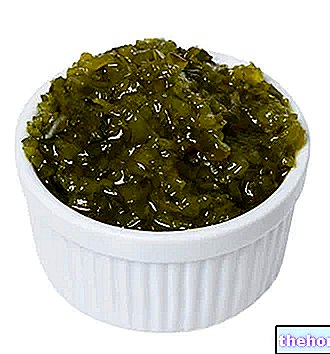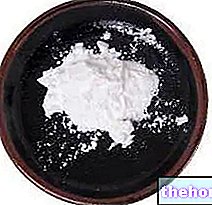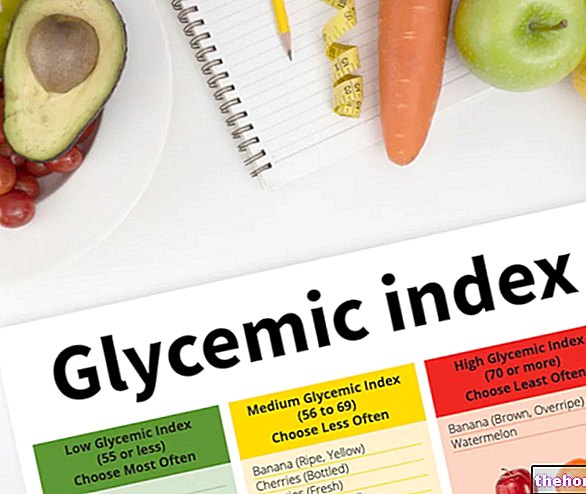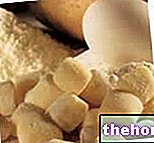Snacks, Cheese, Yogurt
Milk-based snack: these are recently marketed preparations, essentially consisting of creamy dairy products that can be added to fruit, cocoa and / or biscuits. Their function of use is mainly the afternoon snack for children from the second year of age or dessert at the end of a meal.
Formaggino: represents a variant of normal cheeses, with respect to which it is characterized by a lower percentage of fats and a greater creaminess; it can be introduced into the baby's diet together with the baby food, starting from the seventh month, to make it more palatable and nutritious. The use of polyphosphates is not allowed.
Yogurt: derives from milk with a fermentation process by inoculation of special microorganisms (Lactobacillus bulgaricus And Streptococcus termophilus).
To make them more palatable to the child they have a less acidic taste than traditional yogurt. They can be used from 7-8 months.
Cereals
Cereal-based products are rich in starch, are very digestible, but have an incomplete protein content from the amino acid point of view and contain little available iron; they will therefore be combined with milk, dairy products or homogenized meat, in order to provide the baby with all the essential amino acids it needs, in addition to iron and other highly bioavailable micronutrients.
Given these deficiencies, the nutritional profile of cereal-based foods is often supplemented with the addition of vitamins and minerals.
All the products belonging to this category exist in two categories, with and without gluten, as some children already show signs of intolerance from weaning. Pediatricians recommend introducing gluten only after the sixth-tenth month of life, as a preventive measure against celiac disease (even if from a scientific point of view there is no certainty about the real effectiveness of this precaution).
Cereal products can be in granular form, which is easier to dissolve in milk, or to gnaw (when teething allows).
Biscuit: the various types of biscuits are prepared with dextrinized cereal flours and enriched with proteins, fats, vitamins and mineral salts.
They can be from baby bottles, easily soluble in milk, or granulated (with or without gluten) or traditional, to be nibbled or added to milk. The use of the former must be pursued with appropriate moderation, so as not to lead to an excessive introduction of calories.
Cereal creams: they can be based on a single cereal (for example rice or barley) or contain different types of flour; a certain percentage of starch can also be obtained from some tubers (starch and tapioca). These are generally pre-cooked products supplemented with vitamins and minerals, including iron, to be added to milk or broth to complete the meal from a nutritional point of view.
Flakes, semolina or pasta: they are usually produced with soft wheat and integrated with proteins, vitamins and mineral salts. They are suitable for children who are already able to chew and stimulate this ability.
Bread, pasta and other cereals: they correspond to similar foods for adults. Many dietary versions are produced, including those without gluten or indicated in case of specific intolerances.





























